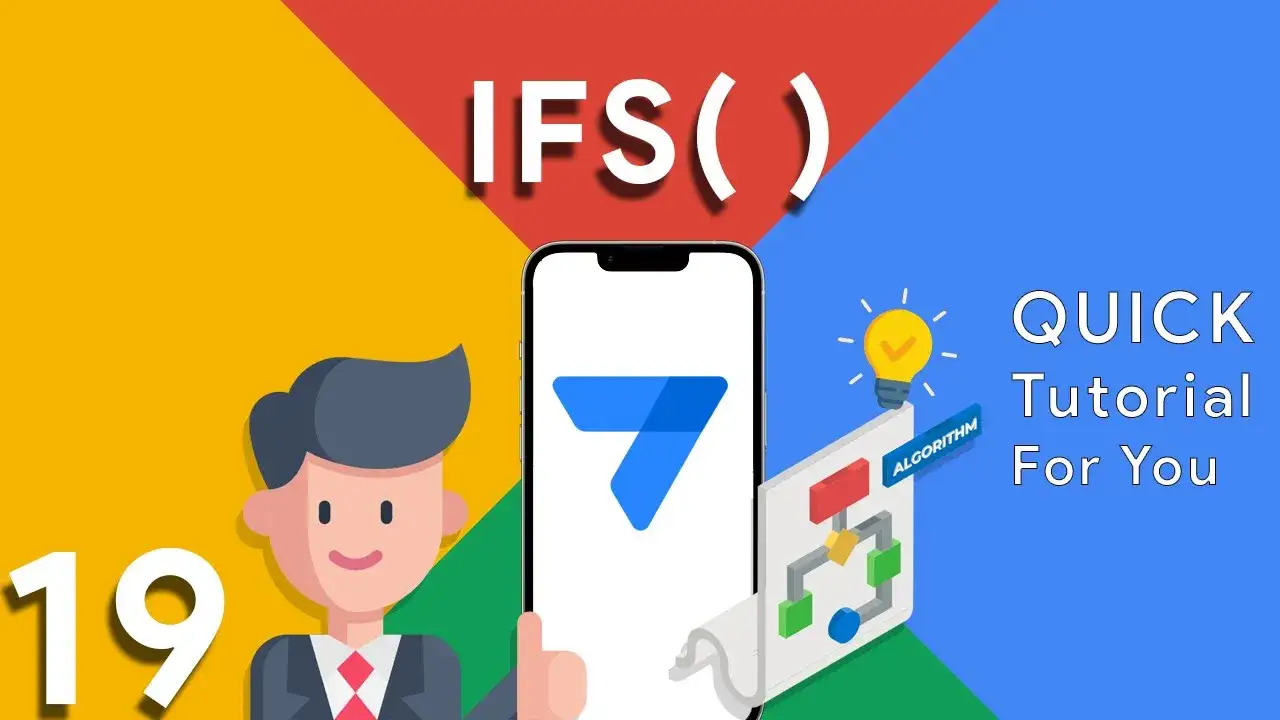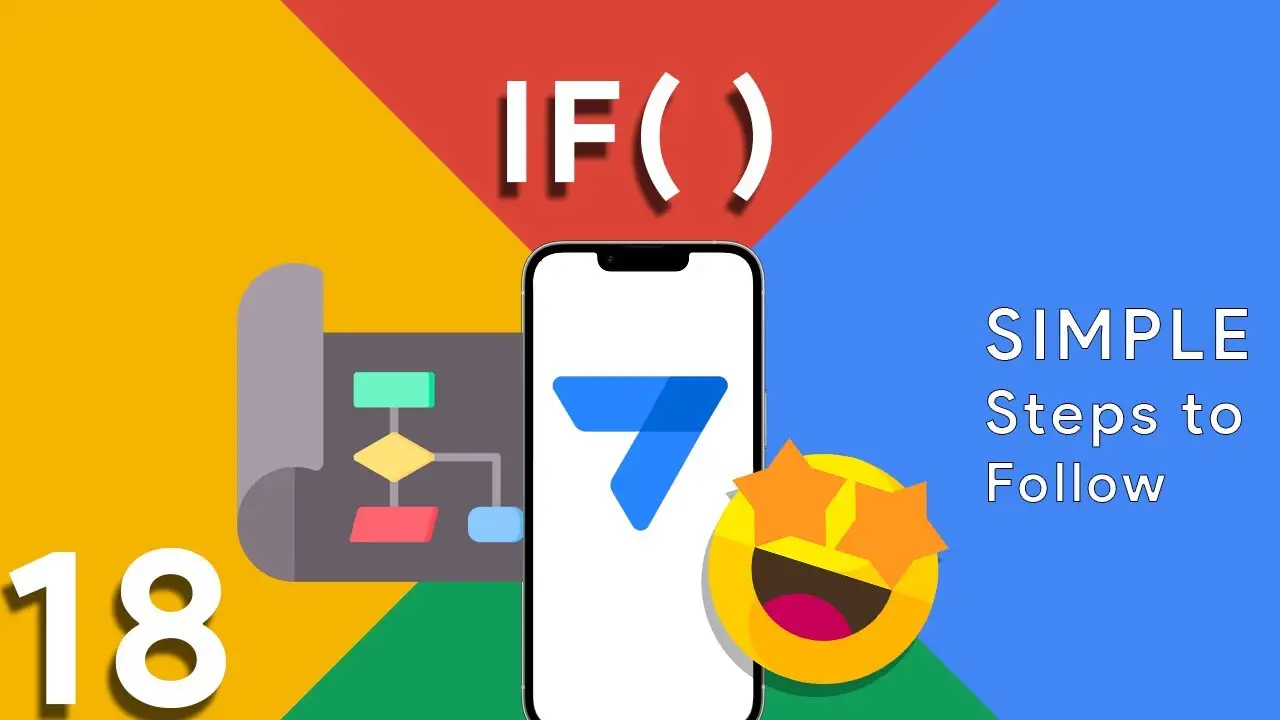The use of LOWER in Appsheet
In the diverse world of app development, managing and manipulating text data efficiently is crucial for creating a seamless user experience. AppSheet, the versatile no-code platform, provides a plethora of functions to refine and manipulate data effortlessly. Among these, the LOWER function stands out as a simple yet powerful tool for text transformation. This guide delves into the LOWER function, demonstrating how to convert text data to lowercase to ensure uniformity and improve data processing within your applications. Understanding the LOWER Function The LOWER function is used to convert all letters in a specified
The use of UPPER in Appsheet
The UPPER function is essential for data normalization, ensuring that all text entries follow a consistent format. This is particularly useful in scenarios where data is being inputted by multiple users or sourced from various channels, leading to inconsistencies in case usage. By converting text data to uppercase, you can: Enhance data readability and uniformity. Simplify data comparison and validation. Improve search functionality and user experience. Implementing the UPPER function in AppSheet is straightforward, requiring just a few steps to integrate it into your app’s functionality: 1. Identify the Target Field Determine which field(s)
Create User Rating
User feedback and ratings are invaluable for app developers and organizations. With AppSheet, you can create a custom user rating system that allows users to provide feedback and rate their experience within your application. In this comprehensive blog post, we'll explore how to implement a custom user rating system using actions, buttons, and views in AppSheet, enhancing user engagement and gathering valuable insights. Building a Custom User Rating System in AppSheet Creating a custom user rating system involves a combination of actions, buttons, and views. Here's a step-by-step guide on how to implement it
Basics of QR Code Generation
QR codes have become an essential tool for quick and efficient data sharing. AppSheet allows you to generate QR codes effortlessly, making it easier for users to access and interact with information. In this comprehensive blog post, we'll explore the basics of QR code generation in AppSheet and guide you through the process of creating and utilizing QR codes to enhance your app's functionality. Understanding the Basics of QR Code Generation in AppSheet QR code generation in AppSheet relies on a simple yet powerful expression that combines data from your app with a URL from
Basics of IFS( ) Expression
Handling multiple conditions and outcomes efficiently is a common challenge in app development. AppSheet offers a powerful solution with the IFS() function, allowing you to streamline complex conditions into a single, easy-to-read formula. In this comprehensive blog post, we'll explore the basics of IFS() in AppSheet and demonstrate how this function simplifies decision-making and enhances the functionality of your applications. Understanding the Basics of IFS() in AppSheet The IFS() function in AppSheet is designed to evaluate multiple conditions sequentially and return the first outcome that meets the criteria. It's a valuable tool for simplifying conditional
Basics of IF( ) Expression
Conditional logic is a fundamental aspect of app development, enabling you to create dynamic and responsive applications. AppSheet provides a powerful tool for implementing conditional logic with the IF() function. In this comprehensive blog post, we'll delve into the basics of IF() in AppSheet and show you how to harness its capabilities to make your applications smarter and more interactive. Understanding the Basics of IF() in AppSheet The IF() function in AppSheet allows you to perform actions or make decisions based on specified conditions. It's a versatile and essential tool for creating workflows, validations, and
Using SUM
Effective data analysis often requires the aggregation of numerical values to derive meaningful insights and make informed decisions. AppSheet, a versatile app development platform, offers a wide range of functions to manipulate and analyze data, including the powerful SUM() function. In this comprehensive blog post, we'll explore how to leverage the SUM() function in AppSheet to sum up numerical values in your app, providing you with the tools to perform data analysis with ease. Understanding the SUM() Function in AppSheet The SUM() function in AppSheet allows you to calculate the sum of numerical values
Telegram Bot API
Integrating messaging services into your AppSheet applications can significantly enhance user engagement and communication. Telegram, a popular messaging platform, offers a robust API for creating custom bots. In this comprehensive blog post, we'll guide you through the process of setting up and using the Telegram API bot with BotFather in AppSheet, opening up new possibilities for interactive and real-time communication within your apps. Connecting AppSheet with Telegram API Bot AppSheet allows you to connect with external services and APIs, making it possible to send messages, notifications, and updates via Telegram using a custom bot.
How to calculate age
Age calculation is a common requirement in many AppSheet applications, whether you're building a dating app, a healthcare app, or simply need to track important milestones. AppSheet provides a straightforward way to calculate age using custom expressions. In this blog post, we'll walk you through the process of calculating a person's age in AppSheet using a simple and efficient formula. Age Calculation Formula in AppSheet The age calculation formula in AppSheet combines date and time functions to accurately determine a person's age in years and months. Here's the formula: FLOOR(HOUR(TODAY() - [DOB]) / 365
Data Slice
Data management is at the heart of app development, and AppSheet excels in providing powerful tools for handling data. One such tool is the Data Slice feature, a versatile functionality that allows professionals and app creators to control, segment, and optimize their data effectively. In this in-depth blog post, we will explore the intricacies of Data Slices in AppSheet, equipping you with the knowledge to harness this feature for efficient data management. Demystifying AppSheet Data Slices Data Slices in AppSheet serve as virtual tables or views that allow you to interact with subsets of your











